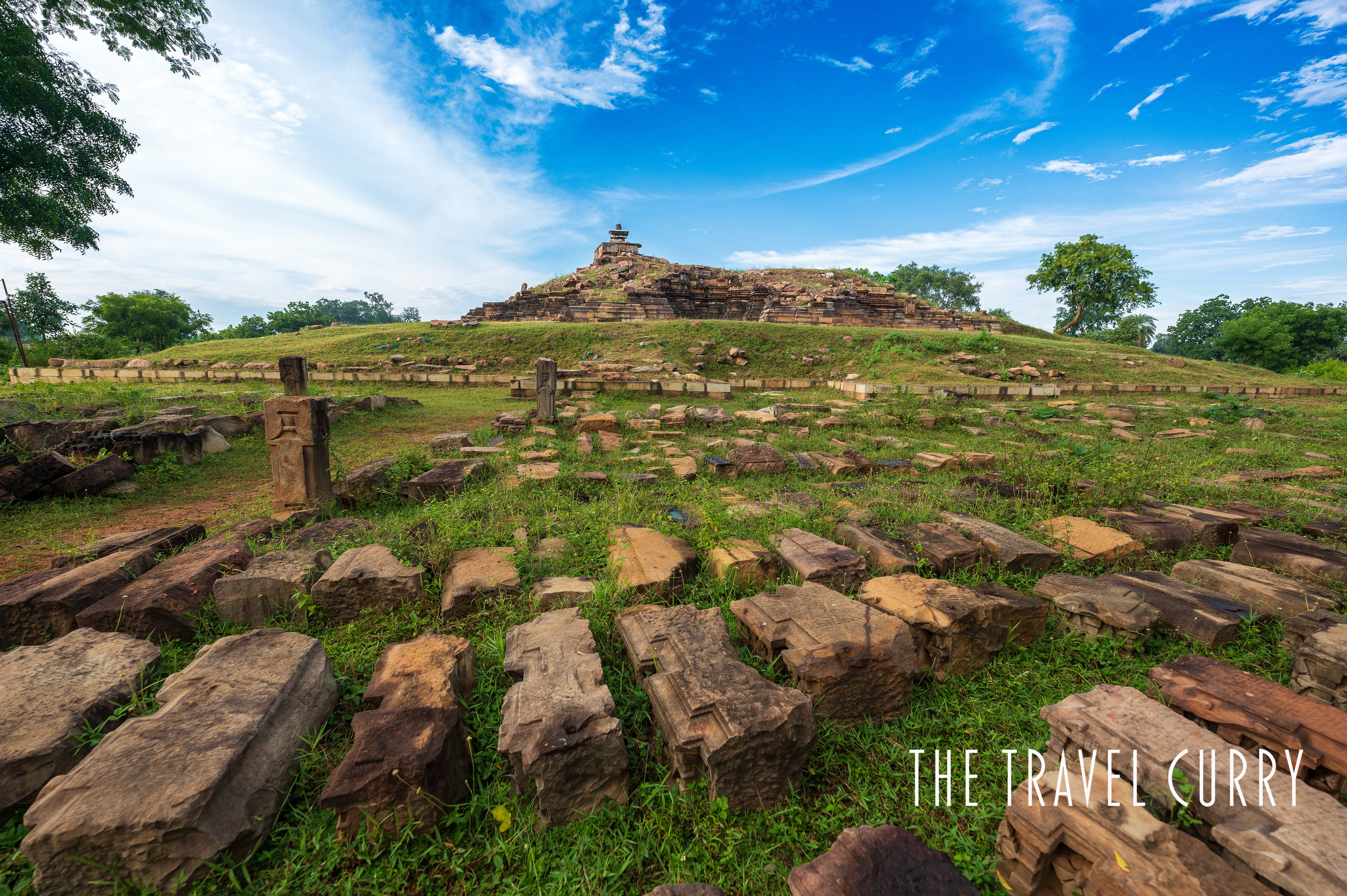
Khajuraho, a small town in the heart of India, renowned for exquisite temples adorned with intricate sculptures has splendid architectural marvels. Though the Kandariya Mahadev Temple steals the limelight, a hidden treasure awaits its share of gloryed- the Bijamandal Temple ruins. This unexplored gem, shrouded in mystery and forgotten by many, holds the potential to become Khajuraho’s grandest temple if its renovation is completed.

Going back in time
It is said that Bijamandal temple construction dates back to the 8th century. Emperor Naravarman later rebuilt in the 11th century. He was a devotee of goddess Charchika who was also called Vijaya. Henceforth, this site is also called the Vijaya Temple.
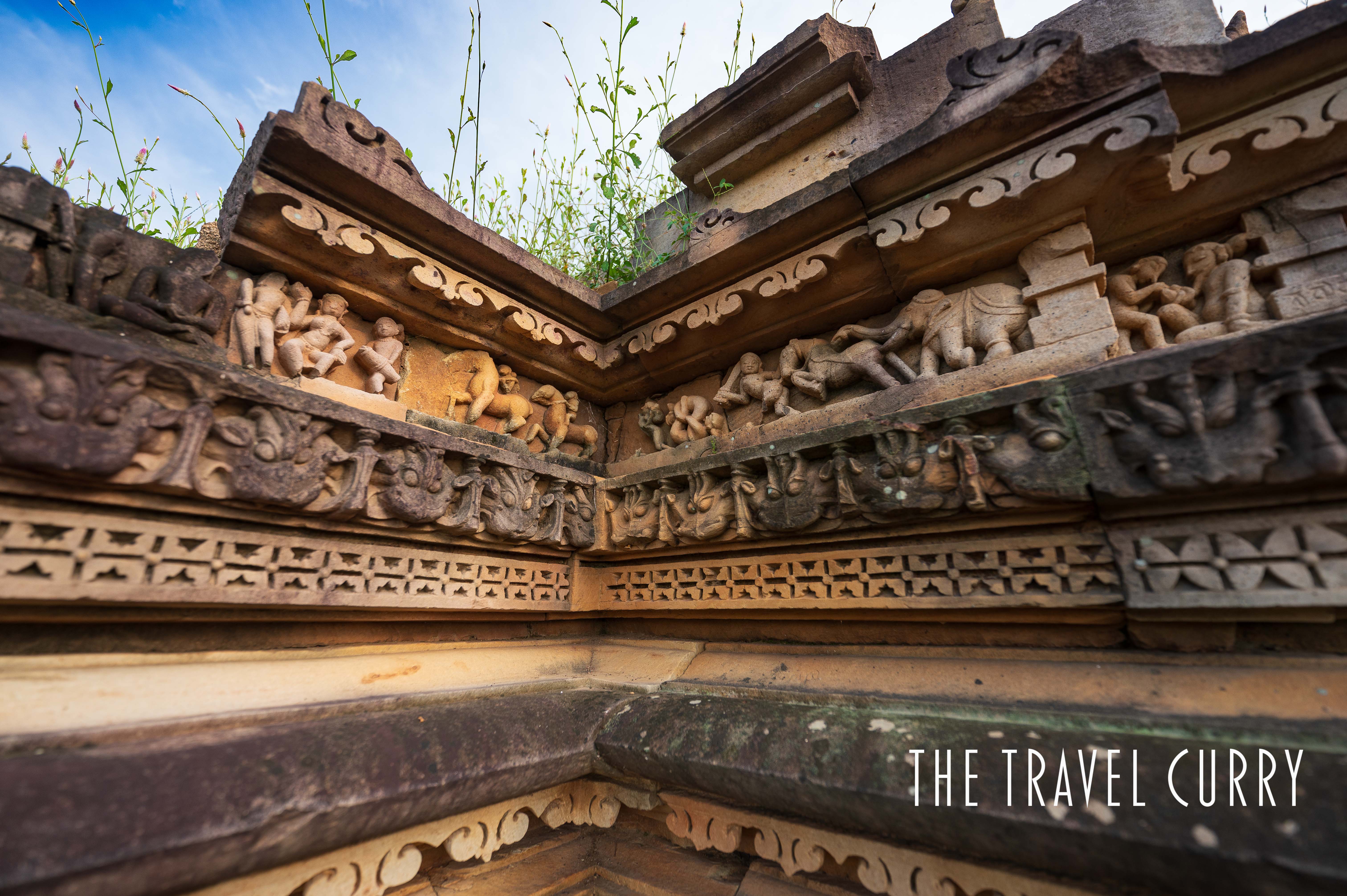
It is alleged that Bijamandal was destroyed by Mughal invader Aurangzeb. Subsequently he constructed a mosque atop the destroyed temple ruins, calling it “Alamgir Mosque” (about 1682).
One of the mosque’s walls collapsed in 1991 during a downpour in the city. Numerous Hindu idols hidden inside the mosque for more than 300 years were visible after this devastation. It brought light to the fact that this was actually a Hindu temple. The idols were buried beneath the platform on the northern side. According to the Archaeological Survey of India (ASI), the northern side was hall of prayer for occasions like Eid.
Bijamandal temple ruins: A rubble of hope
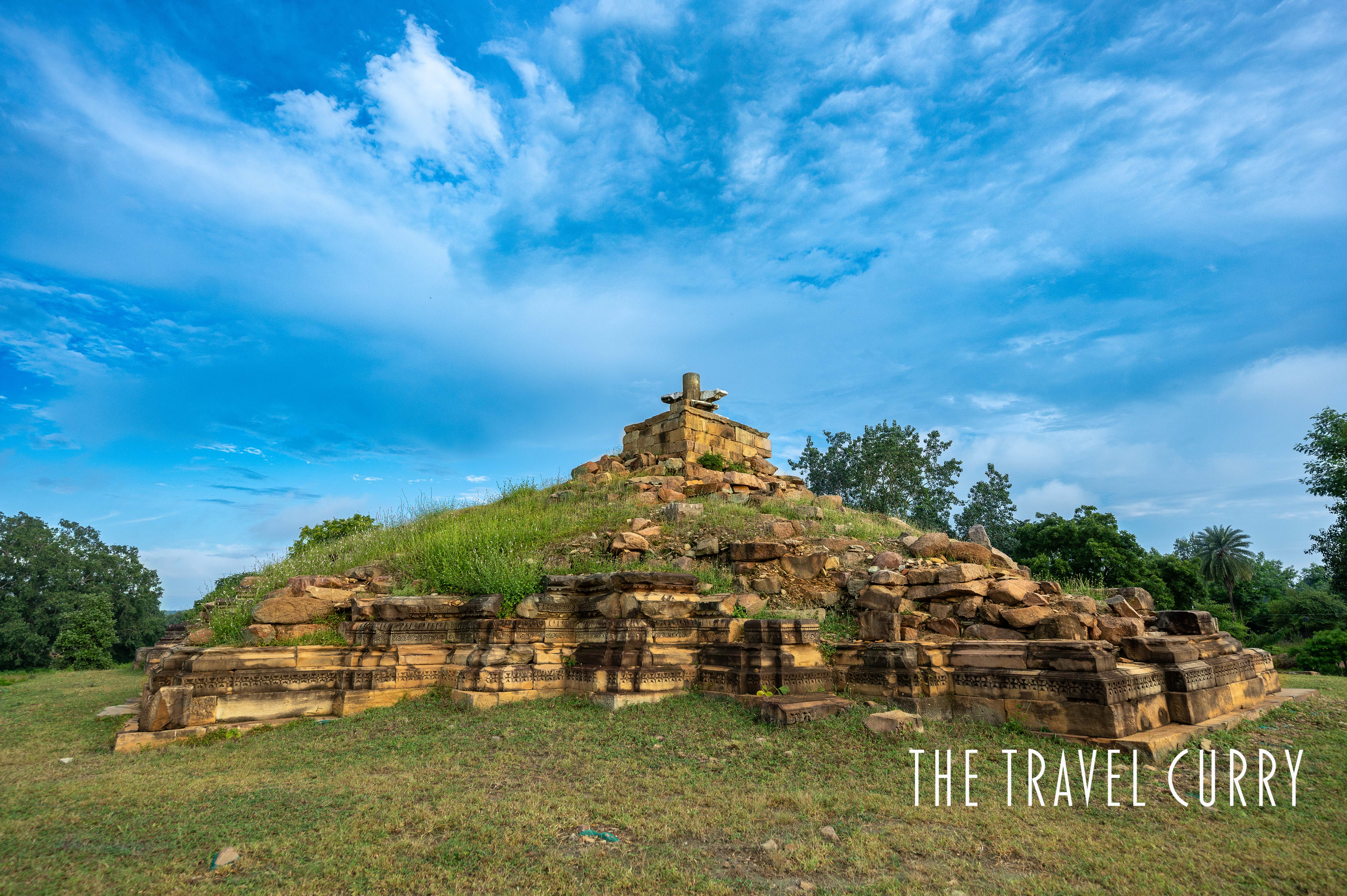
The temple site has a heap of stones placed atop each other and a shiva linga placed in the center. Since the restoration remains unfinished, Bijamandal is hardly known or explored. Locals sound surprised when you ask them the way to the site. They still call it ruins or khandar.
If reconstructed, the temple would be the biggest in Khajuraho. Bijamndal temple’s length is 34.60 meters. This makes it bigger than the largest temple of Khajuraho, Kandariya Mahadev which measures 30 meters in length. Bijamandal is among the 18 unexplored mounds in Khajuraho, that are yet to reclaim their glory and existence.
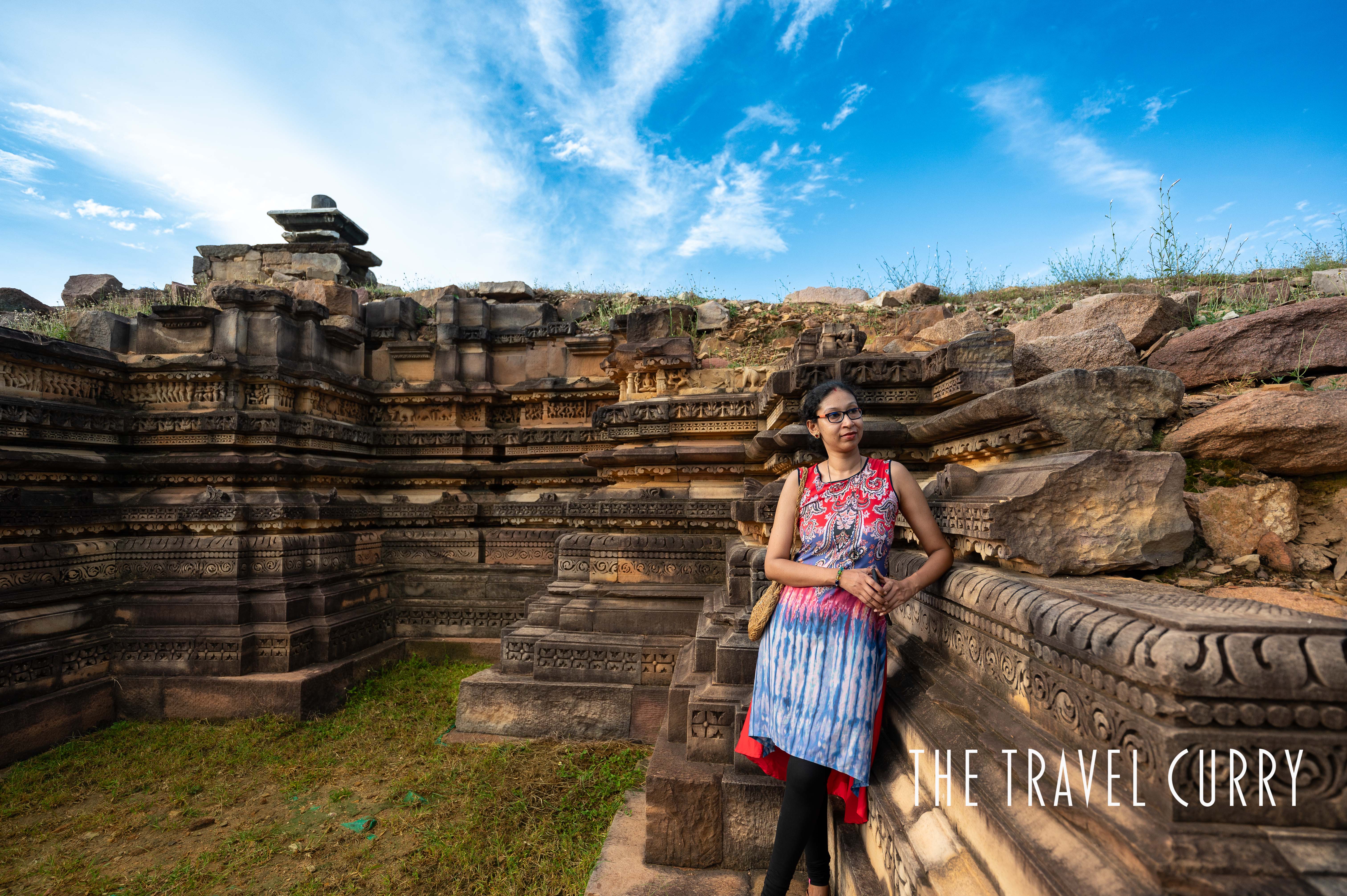
ASI and the government bodies did not rebuild this temple to avoid communal clashes. Additionally, reclaiming land from present owners is impossible. The site’s caretaker told us that budget issues caused the restoration to halt. Unfortunately, the site has remained in this ruined state from the past ten years. Though the base foundation was built during restoration, the project was stalled later.
Another school of thought states the opposite. They believe that the temple edifice was never completed. The unfinished architectural components and sculpted niches found at the base of the temple plinth prove their theory.
Preserving the Past, Building the Future
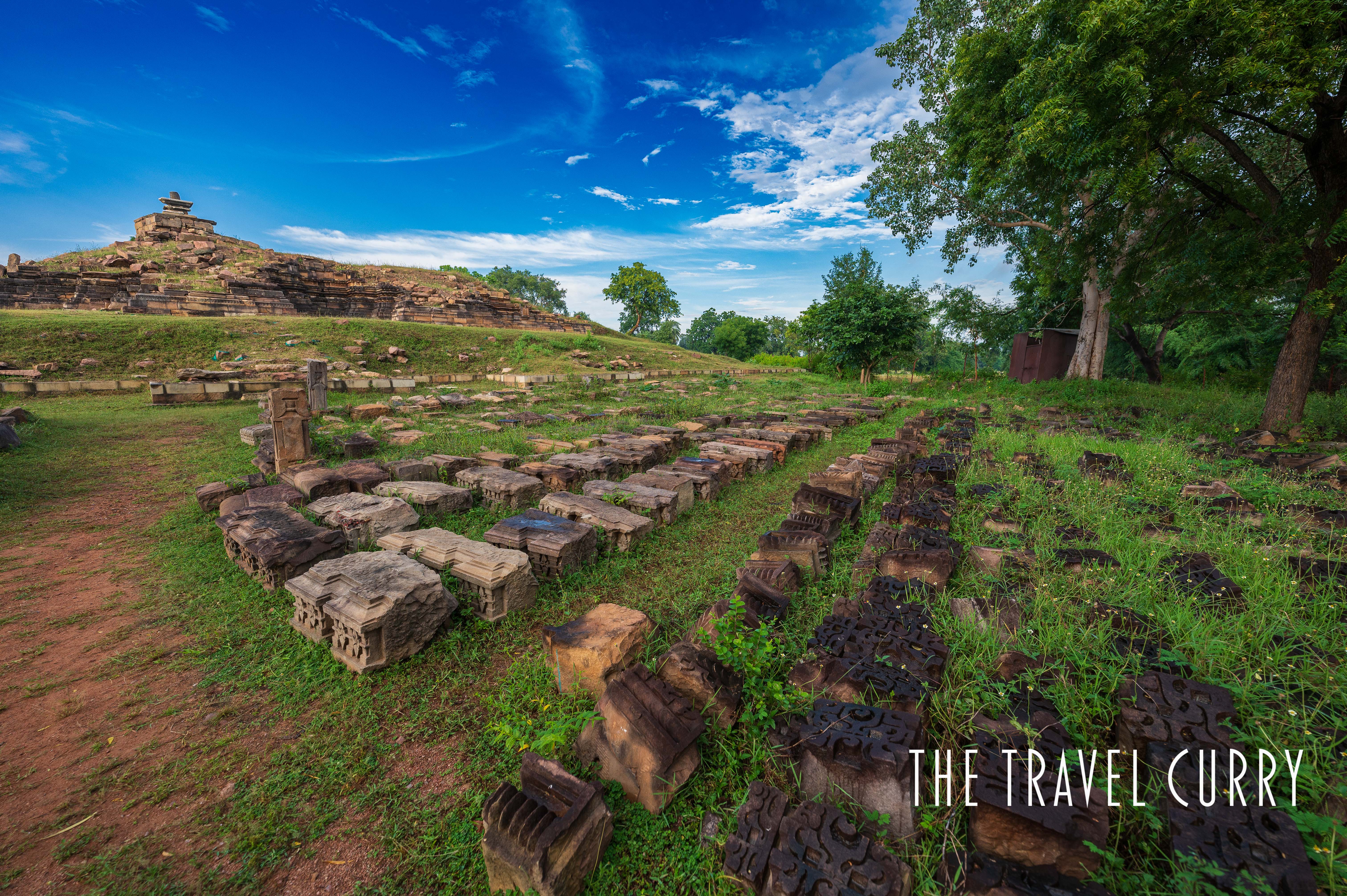
Old buildings or structures of historical importance, form an extremely crucial part of the cultural heritage. Temples, for instance, speak volumes about the common belief of masses, faith, religious practices and traditions. The societal boundaries and cultures are based on the evidence of the past. Hence preserving the history is undoubtedly important to maintain the cultural identity of any place. Once fully restored, they result in tourism, infrastructure development and economic growth. In our opinion Rajasthan sets the best example of preserving history that made the state a major tourist hub. From the ancient Jain temples of Ranakpur and Mount Abu to the forts of Chittorgarh and Jaipur, Rajasthan tourism was way ahead of its time and built a sustainable future.
Madhya Pradesh used to air the best-in-class advertisement to promote tourism but in reality spent less than half the budget on infrastructure or restoration. Let Bijamandal not meet that fate. The government bodies, local communities, and heritage organizations should collaborate to ensure the successful restoration of this forgotten jewel.
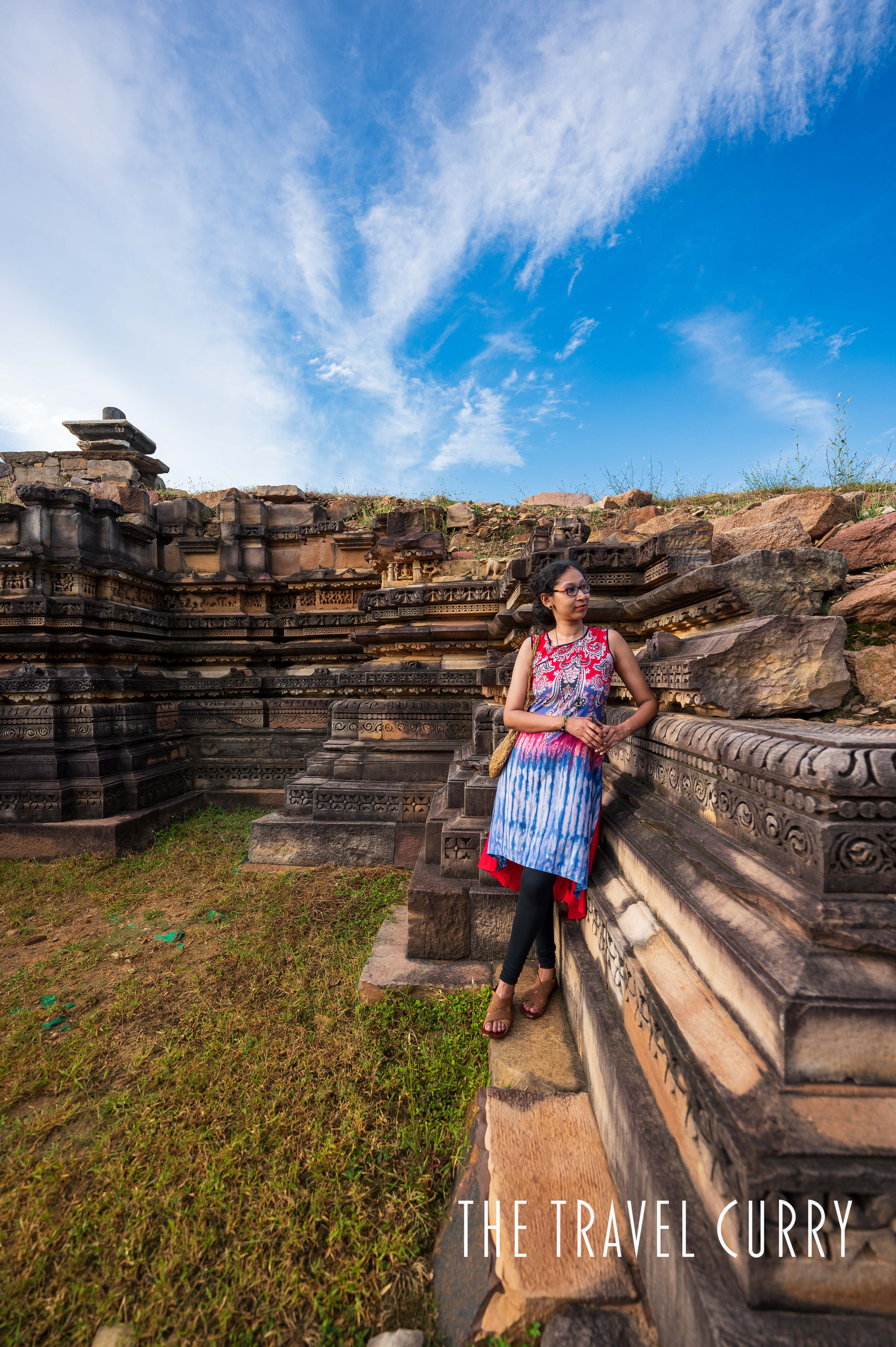
Rediscover Bijamandal Temple
Preserving our cultural history is important for the society, However, let’s admit, excavating all of them is not possible, given the current geo-political scenario. Yet there is a ray of hope because you can explore the ones that have been excavated. As millennials, it is our moral duty to delve into history and contribute towards the revival of this hidden gem.
Location
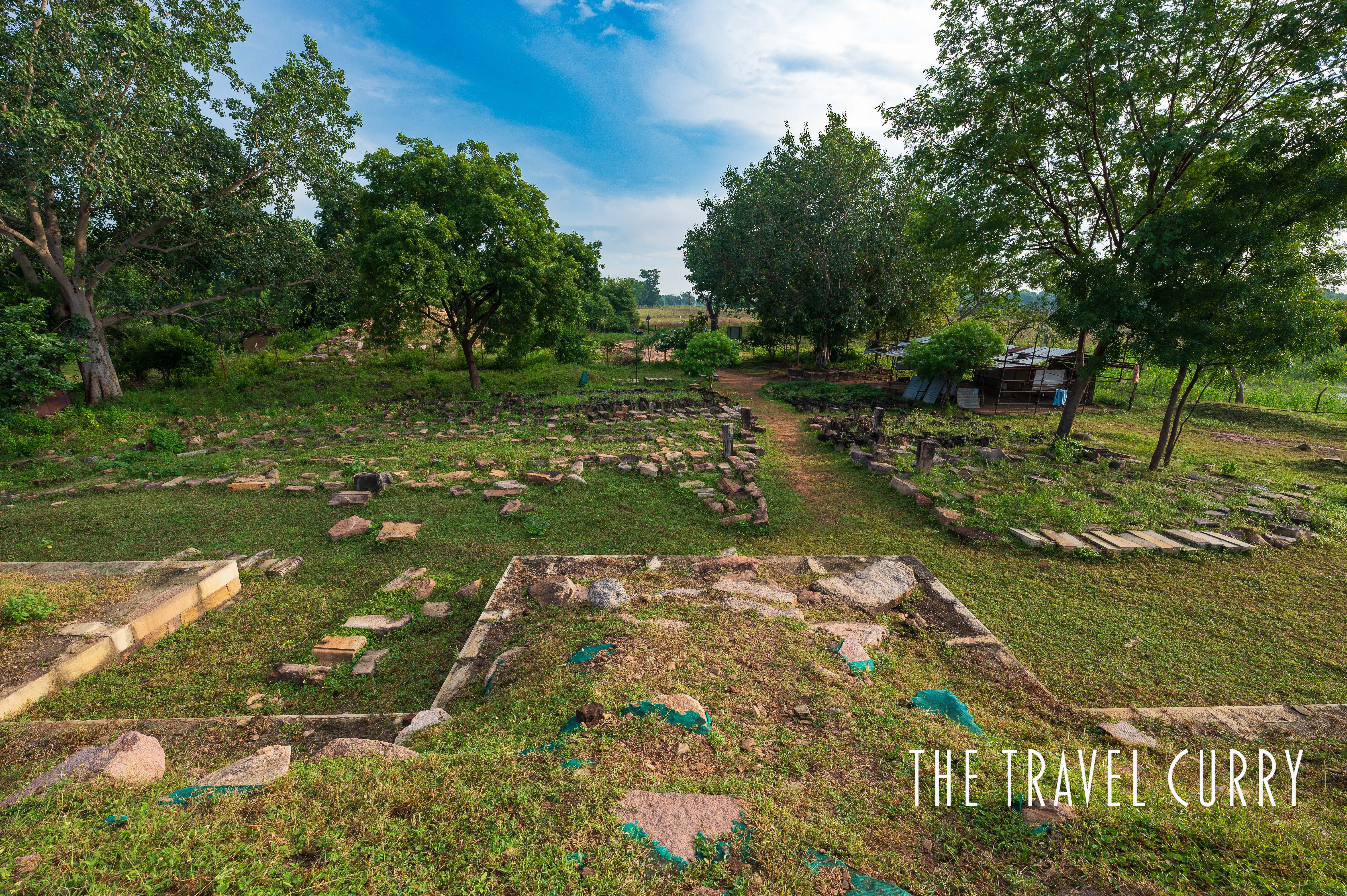
On the Vidisha-Ashoknagar road in Khajuraho, Bijamandal is located about 2 kilometers from Eidgah Square. It sits in the Jatkara Village, very close to the Southern Group’s Chaturbhuj Temple. Being in a village, surrounded by fields and unbuilt streets, no local transport is available to reach Bijamandal. You have to rely on your own vehicle and Google Maps to navigate your way.
Best time to visit Bijamandal Temple ruins
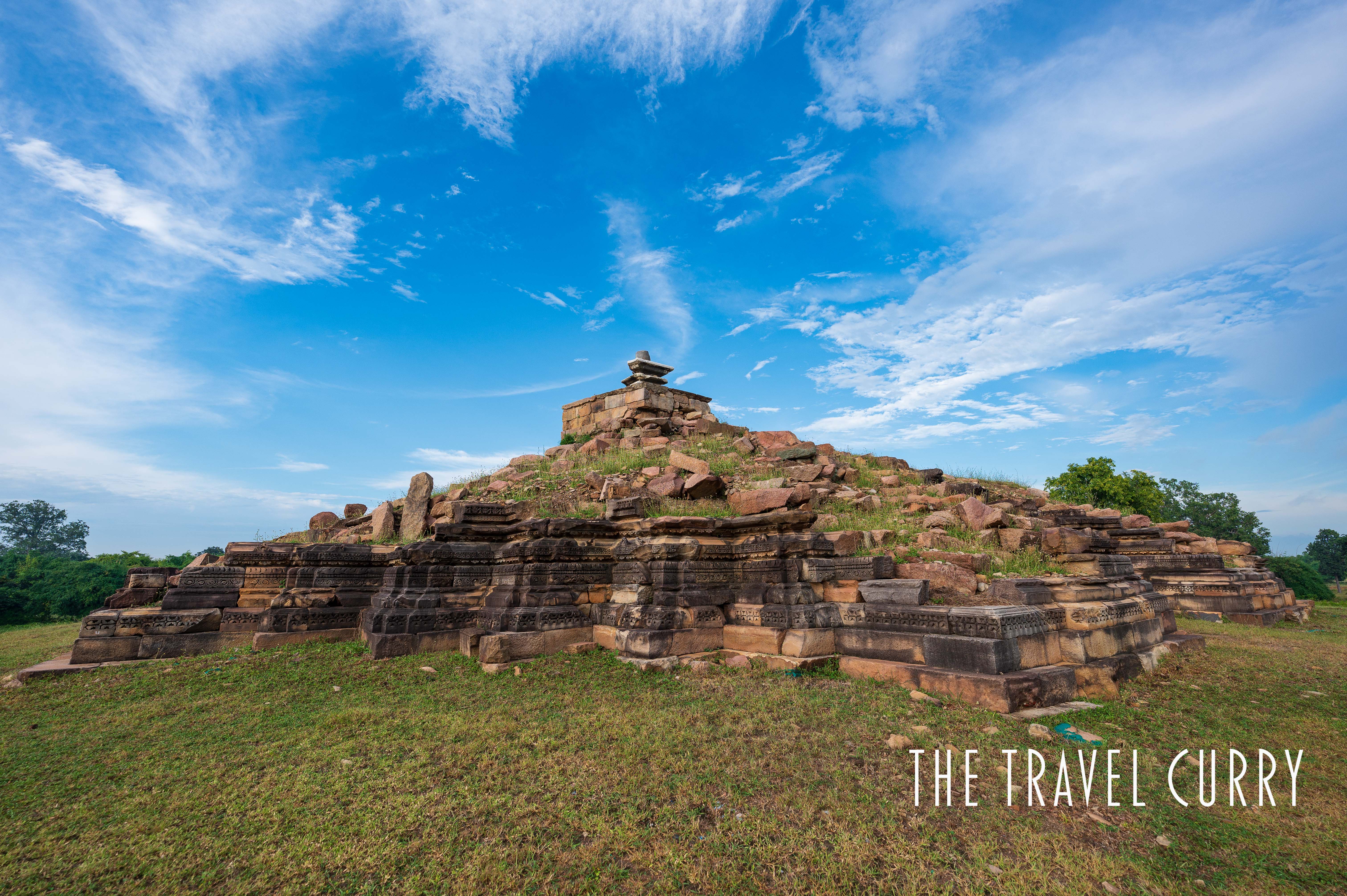
You can visit the site morning to evening. Though the place is open 24 hours, it is not advisable to venture out after dark. Dirt roads, lack of streetlights, and sparsely populated village often attract wild animals and risk of mishappening. It is best to visit in morning before nine or evening before six. The heat is otherwise unbearable in between. It would take 10-15 minutes to explore the ruins, depending on your interest in history, architecture and photography.

One thought on “Bijamandal Temple Ruins- Khajuraho’s Unexplored Gem”
Comments are closed.